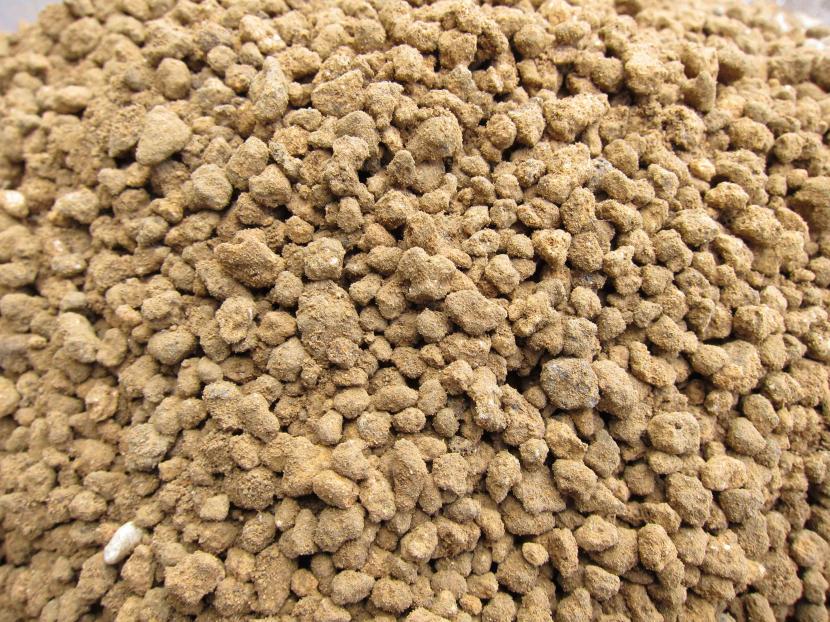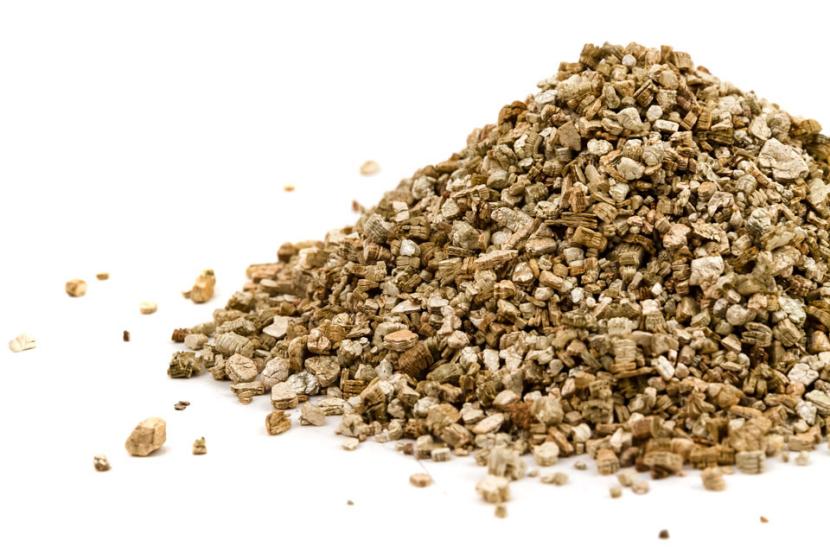
El sewer system It is very important for plants, since the vast majority of them are not used to living with "wet feet" and if we water too often, we will most likely end up losing them, especially if we have them in pots. To avoid this, it is essential not only to control irrigation, but also plant them in a suitable substrate.
Therefore, I am going to introduce you to the porous substrates for plants. In this way, you will be able to know which one to use for your pots, which I can assure you will grow like never before.
akadama

If you like bonsai, you have probably heard of the akadama. It is a red-brown granular clay that comes from the volcanoes found in Japan. It is used as a neutral growing substrate, mainly for growing miniature trees. It maintains a lot of humidity, and it is easy to know when to water since when the water moistens it it turns a darker brown color.
Coir

Image - ALBOGARDEN
La coconut fiber It comes from the fruit of the coconut palm tree (Cocos nucifera): the coconut. It has an acidic pH, between 5,5 and 6,2, making it suitable for most plants. What's more, has the ability to retain nutrients and release them progressively, and stays moist for a long time, so that it allows us to save on water.
Perlite

Perlite is a stone of volcanic origin that is formed when lava cools rapidly and due to this cooling the water is trapped within the rock and the lava transforms into a glassy structure. It contains between 2 and 5% water, and is characterized by being a beautiful white color. What's more, it is lightweight and can be used to grow any type of plant.
Cheek

Image - Pomice per Bonsai
This type of porous stone is of volcanic origin, and is characterized by having a great water retention; although that yes, it costs a little to absorb it, but once it does, it is one of the best substrates for plants that exist. It is used mainly in the cultivation of bonsai mixing it with akadama, but I also recommend it for cacti, succulents and caudiciform plants such as adenium or the Pachypodium.
Vermiculite
Vermiculite is a mineral substrate that is extracted mainly from the United States, China, South Africa, Brazil and Zimbabwe. It is made up of iron or magnesium silicates and belongs to the group of micas. Its structure is laminar and contains some water. Retains a lot of water and nutrients, which makes it the ideal substrate for seedlings and growing plants.
Important: fertilize your plants
Porous substrates for plants do not have the necessary nutrients for a plant to feed and grow, so it is necessary to pay it during the growing season -spring and summer- so that it does not have problems.
Have you heard of these substrates?

I really like this article. Is very useful. I will put into practice some of the tips to see if my plants thrive.
I'm glad you liked it, Pablo.
For any questions, ask 🙂